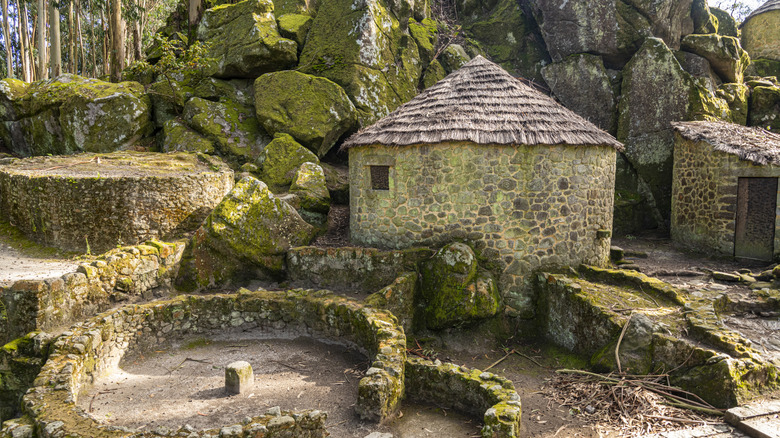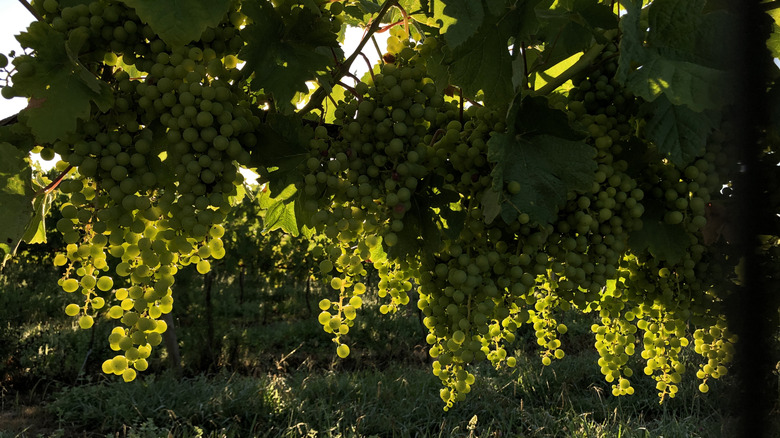A Beach City Far Off The Tourist Trail In Northern Portugal Has Surfing, Wine, And 'Exceptional Gastronomy'
With over 31 million visitors in 2024 – a record-breaking number — Portugal continues to solidify its reputation as one of Europe's most beloved and enduring destinations. Yet, the majority of travelers tend to gravitate toward the country's iconic hotspots — be it the capital Lisbon, hailed by Rick Steves as one of the best foodie destinations in the Old Continent, or the golden beaches of the Algarve, with its coastal cities that feel like the ultimate beachy tourist paradise – often bypassing the quieter, wilder beauty of the northern coast.
Sandwiched between the picturesque Póvoa de Varzim to the south and the historic Viana do Castelo to the north, just 39 miles from the Spanish border, Esposende is the perfect off-the-beaten-path destination for nature lovers, water sports enthusiasts, and — more broadly — anyone who wants to experience a more rustic, authentic facet of Portugal. This small but vibrant 12,000-inhabitant coastal town in the district of Braga boasts direct access to some of the most beautiful, wind-swept Atlantic surf beaches in the region — to name a few, Praia da Apúlia, Praia de Ofir, and Praia de Suave.
Esposende lies within the Parque Natural do Litoral Norte, an 11 mile stretch of protected coast running from the mouth of the Cávado River and the village of Apúlia. The area is famous for its dunes, pine forests, and traditional windmills scattered throughout the landscape (today, many of them have been converted into holiday lodgings).Birdwatchers are drawn to the area's diverse avian life, with seasonal sightings of migratory species such as the azure-winged magpie, graceful terns, mallard ducks, and the elegant European herring gull. Equally impressive is the dynamic culinary scene, featuring some of the most delectable green wines in the Minho region — it's no wonder Esposende is praised for its "exceptional gastronomy."
Getting to Esposende and exploring the area
Despite its off-grid atmosphere, Esposende is surprisingly easy to reach. Porto, the "capital do Norte," is a convenient 40-minute ride away (here are the best tips for visiting it on a shoestring budget), and approximately a 1.20-hour drive from Vigo, in Spain.
While nature and beach life may be the headline acts in Esposende, culture plays a meaningful role too. Evidence of human presence in the region dates back to the Old Stone Age, as evidenced by remarkable sites such as the Dolmen Portelagem and the Dolmen Rápido, both located approximately 10 minutes away from the village. Another must-see is the beautifully preserved Castro de São Lourenço, a picturesque hillfort perched on a wooded hillside above the nearby village of Vila Chã. This 2,400-year-old fortress later served as a strategic lookout over the thriving coastal routes along the Cávado River. Most of the buildings on the site are original, while the defensive walls were recently restored.
Back in town, the Maritime Museum of Esposende, housed in a distinctive 20th-century white building — the old Estação de Socorros a Náufragos — provides an excellent starting point to delve into the town's deep connection with the sea, showcasing traditional fishing tools, maritime artifacts, and stories of the local community through the last centuries of history. Praia de Esposende features a majestic fortress, the Forte de São João Baptista, rising above the waters.
Wine and dine in Esposende
In Esposende, food stands as a celebration of centuries-old traditions that connect community, culture, and place. The town's longstanding maritime heritage is reflected in its seafood specialties, with prized local catches such as sea bass, octopus, and, seasonally, river lamprey taking center stage. To taste these local delights, visitors can choose among several renowned spots, from the authentic Minho flavors of Adega Almeida dos Leitões to the fresh fish specialties at Água Pé, and the laid-back charm of Tio Pepe, just across the Cávado River in nearby Fão.
The sweets selection is equally diverse, and features scrumptious traditional treats such as folhadinho de amêndoa (two layers of puff pastries filled with cream and almond), cavacas (flaky, airy cookies glazed with a sweet lemon icing), and the delicate clarinhas of Fão (lightly fried pastries filled with a sweet squash jam and finished with a dusting of powdered sugar) from the beloved Pastelaria Clarinhas.
Meanwhile, the fertile lands of the Vinho Verde region yield exquisite green wines, notably Alvarinho and Loureiro varietals. Both are praised all over the world for their versatility and freshness, balanced by layers of delicate florals, ripe fruit, citrus zest, and a clean, mineral backbone. A unique mix of qualities that stems not only from the area's mild climate, oceanic influence, and granite-rich soils, but also from centuries of human know-how and dedication.


